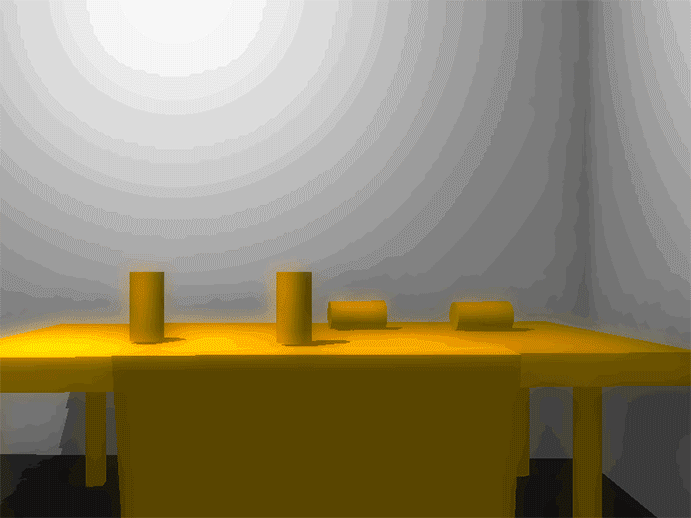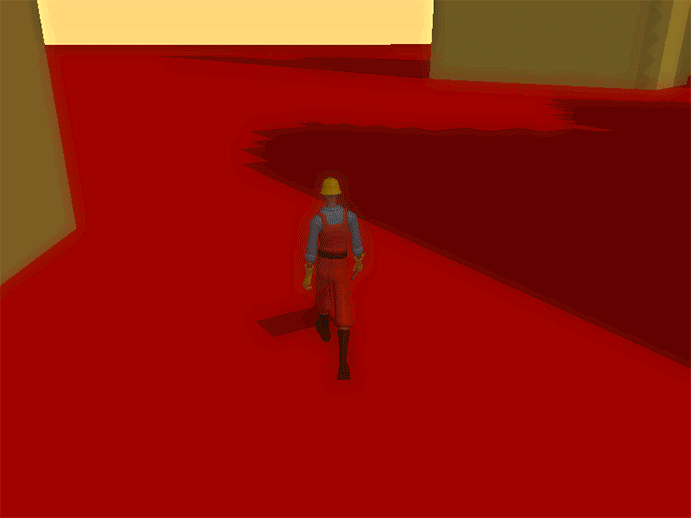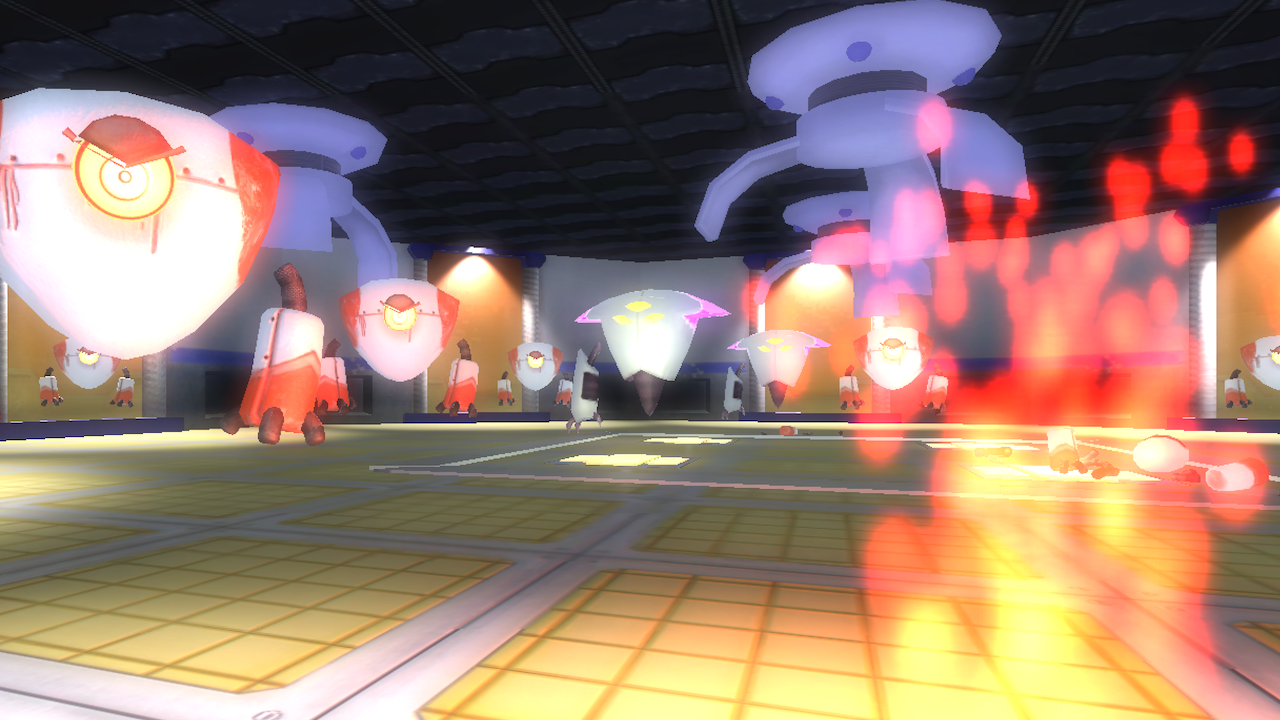Art imitates life, but it doesn’t have to be bound by its rules. While natural interactions always begin with real world analogues, it’s our job as designers to craft new experiences geared towards virtual platforms. Building on last week’s game design tips, today we’re thinking about how we can break real-world rules and give people superpowers.
In some of our earliest Unity experiments, we designed examples to reflect real-world interactions, like pressing a button to trigger an action. These design elements were skeuomorphs – familiar conceptual markers to make the interface more approachable and accessible. However, we quickly discovered that these experiences can be unsatisfying, because they adhered too closely to the real world. We want to live in the future, but that doesn’t mean we want George Jetson’s job.
A later set of experiments incorporated superpowers into virtual worlds, such as making fists to levitate objects. These powers augment the user experience and go beyond physical interactions – such as applying force to virtual tables, or flying through the air. These examples were a lot more fun. (Incidentally, the source code for all of these older Unity examples is available on creator Pohung Chen’s Bitbucket.)
This concept of going beyond real-world simulation can be found in games everywhere. (For example, based on rigorous internal testing, we’ve found that real birds don’t bounce anywhere near as much as Angry Birds.) By tweaking the natural laws that govern interactions, you can make your users feel like superheros. That’s the thinking behind games like the open-source Unity game Telekinetic, which gives you the power to smash evil robots with a simple gesture.
Intriguingly, thanks to the new beta tracking capabilities, the design pendulum is now swinging the other way. For the first time, we’re able to use onscreen hands that directly imitate real-world hand behaviors – a highly intuitive approach that means we can evolve beyond more abstracted experiences that left many users feeling lost. The question of how those virtual hands can interact with the world around them is also evolving, but there will always be a place for superpowers.
Are you a game physics lawbreaker? What kinds of superpowers would you like to see combined with motion control?







[…] interactions one at a time. First, navigation controls are introduced. Next, the user is learns to use their superpowers – grabbing and throwing a box by closing and opening a fist. Finally, the stage is set for […]
June 27, 2014 at 9:31 am[…] by real-world forces and capabilities. It’s an interactive fiction where our hands can have superpowers – like Magneto levitating magnetic balls, Iron Man shooting repulsor beams from his palms, and […]
July 25, 2014 at 8:44 amI agree with that but for the moment the leap motion is too recent to think about a fully resulted superpower game. To me the most fully resulted game with leap motion and superpowers would be a kind of open world with superpowers like “Saint row 4” but as a fps to be more immerssive. But with actual technologies I just think to something simpler like “Collider” or “Telekinetic” like you mentionned earlier. A mix of these two with some more “mainstream” powers would be a great game and open others doors. Sorry for potential grammar fails. Thanks for reading 🙂
January 3, 2015 at 12:41 pm